In today’s competitive business world, organizations are constantly seeking ways to improve efficiency, minimize manual errors, and enhance employee satisfaction. Managing the employee lifecycle — from recruitment to retirement — is a complex process that requires precision, transparency, and consistency. This is where modern HR technology steps in. Using the Best HR Software in India, businesses can seamlessly automate workflows, reduce administrative burdens, and ensure that every stage of the employee lifecycle is handled with accuracy and efficiency.
Understanding the Employee Lifecycle
The employee lifecycle represents the various stages an employee goes through during their time with an organization. It typically includes recruitment, onboarding, development, performance management, retention, and exit. Each stage requires unique processes, documentation, and interactions. When managed manually, these activities can be time-consuming, error-prone, and inconsistent.
Automation brings structure and reliability to each phase, ensuring that HR professionals can focus on strategy rather than repetitive administrative work. By integrating advanced HR tools, organizations gain greater control, visibility, and scalability in workforce management.
1. Recruitment: Finding the Right Fit Efficiently
Recruitment sets the foundation for an employee’s journey. Traditional hiring processes involve screening numerous resumes, scheduling interviews, and coordinating between departments — all of which can slow down operations. With digital recruitment tools integrated into HR software, companies can automate job postings, shortlist candidates using AI filters, and manage interview schedules in real time.
Such systems not only save time but also improve the quality of hires. By using data-driven analytics, HR teams can identify the best candidates who align with company values and skill requirements. Moreover, an automated recruitment system helps reduce hiring bias and ensures a fair and transparent process.
2. Onboarding: Building Engagement from Day One
Once a candidate accepts the offer, the onboarding process determines how smoothly they integrate into the organization. A well-designed onboarding experience directly influences employee satisfaction, engagement, and retention.
HR software simplifies onboarding by automating document collection, compliance verification, and introduction programs. Employees can complete paperwork digitally, access orientation materials, and get acquainted with company policies before their first day. This not only improves efficiency but also creates a positive first impression, ensuring that new hires feel welcomed and prepared.
3. Payroll and Compliance: Ensuring Accuracy Every Time
Payroll management is one of the most sensitive and error-prone HR functions. Late or inaccurate salary processing can lead to employee dissatisfaction and compliance risks. Automating payroll ensures that salaries are processed accurately and on time, with proper deductions, allowances, and tax calculations.
Organizations leveraging the Best Payroll Software India can integrate attendance, leave, and performance data into the payroll system, reducing manual intervention. The system automatically generates payslips, manages statutory compliance (like PF, ESI, and TDS), and provides detailed reports for audits. This not only saves time but also guarantees financial accuracy and legal adherence.
4. Attendance and Leave Management: Real-Time Monitoring
Tracking attendance and managing leave requests manually is a challenge, especially in large organizations or hybrid work environments. Modern HR software offers a cloud-based attendance system that records employee hours, tracks remote logins, and integrates biometric data in real time.
Employees can easily apply for leaves online, while managers receive instant notifications for approval. The entire process becomes transparent and eliminates discrepancies, helping HR maintain accurate attendance records. These systems also support flexible working models, making them essential for modern workplaces.
5. Performance Management: Encouraging Growth and Accountability
Performance evaluation is critical for organizational success. Outdated appraisal systems often fail to capture true employee potential or align individual goals with business objectives. HR technology modernizes this process through continuous feedback systems, goal tracking, and analytics-based assessments.
Automated performance management tools allow managers and employees to collaborate on setting objectives, monitoring progress, and providing regular feedback. These insights help HR teams identify high performers, design personalized growth plans, and address skill gaps effectively. Ultimately, it fosters a culture of accountability and continuous improvement.
6. Learning and Development: Empowering Employees for the Future
Employee learning is no longer limited to classroom training sessions. The shift toward digital learning platforms allows organizations to offer continuous development opportunities. Integrated learning management systems (LMS) within HR software provide online courses, certifications, and training paths tailored to individual roles.
By tracking progress and skill acquisition, companies can identify future leaders and ensure that employees stay up to date with industry trends. This not only benefits individual growth but also strengthens the organization’s competitive edge in a rapidly changing market.
7. Employee Engagement: Strengthening Workplace Culture
A motivated and engaged workforce is key to organizational success. HR technology enables companies to measure and enhance engagement levels through surveys, feedback tools, and recognition programs. Real-time analytics help HR teams understand employee sentiments, identify potential concerns, and take proactive steps to improve workplace satisfaction.
Gamification, rewards systems, and communication portals within HR platforms create a sense of community and belonging. When employees feel heard and valued, productivity and retention naturally increase.
8. Exit and Offboarding: Ending on a Positive Note
The final stage of the employee lifecycle — offboarding — is just as important as onboarding. Proper exit management ensures compliance, knowledge transfer, and goodwill. Automating offboarding tasks like clearance checklists, asset tracking, and final settlements helps maintain accuracy and professionalism.
HR software can generate experience letters, release forms, and full-and-final settlements efficiently, ensuring that the process is smooth for both the organization and the departing employee. A respectful exit experience often leaves a lasting impression, contributing to a positive employer brand.
9. Data Analytics: The Backbone of Decision-Making
Modern HR systems come equipped with advanced analytics and dashboards that provide valuable insights into workforce trends, performance metrics, and employee satisfaction. These analytics empower HR leaders to make data-driven decisions that enhance productivity and reduce turnover.
For instance, predictive analytics can identify potential attrition risks, while attendance and performance data can reveal training needs. With centralized data, HR departments can make informed strategic decisions that directly contribute to organizational growth.
Conclusion: Building an Efficient Future with HR Technology
Driving efficiency and accuracy across the employee lifecycle is not just about automation — it’s about transformation. As organizations grow, manual HR processes become barriers to scalability and performance. Adopting comprehensive HR software ensures that every stage, from recruitment to exit, is managed with precision and transparency.
By leveraging modern tools like the HR Software India and the Best Payroll Software India, businesses can build smarter, more efficient workplaces. The integration of automation, analytics, and employee-centric solutions ensures that HR departments evolve from administrative units into strategic business partners — driving growth, engagement, and long-term success.

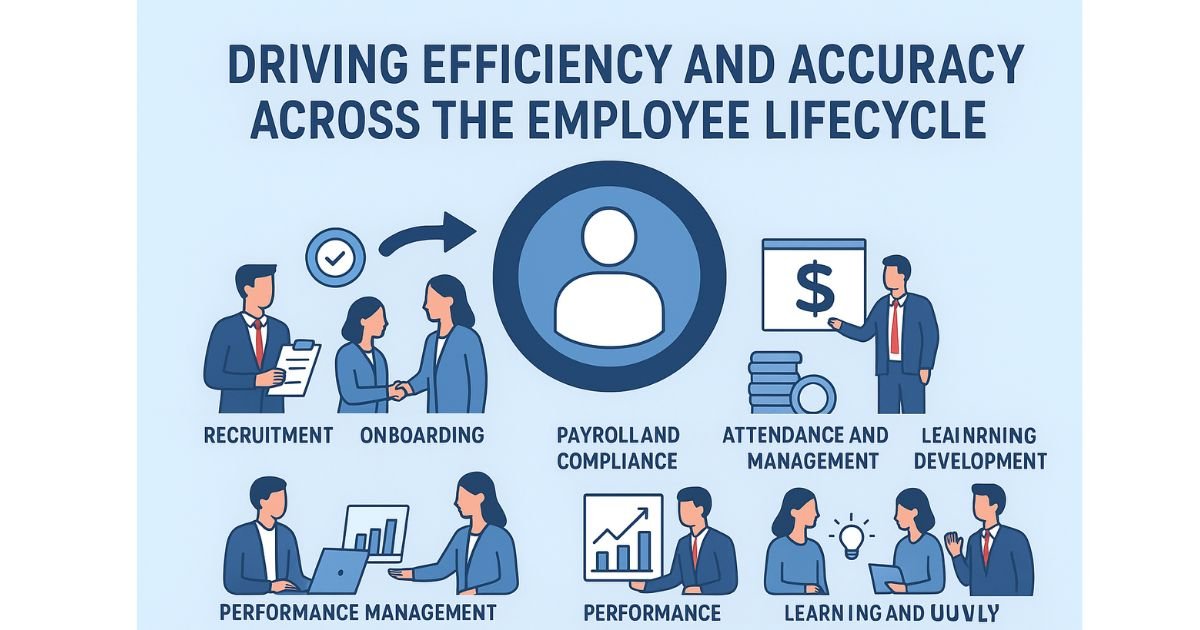
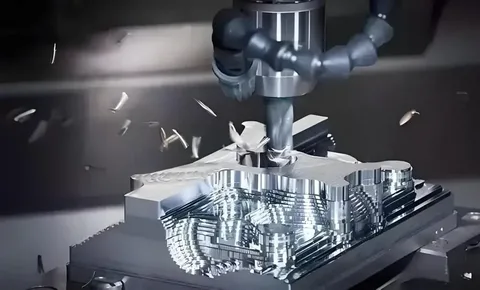

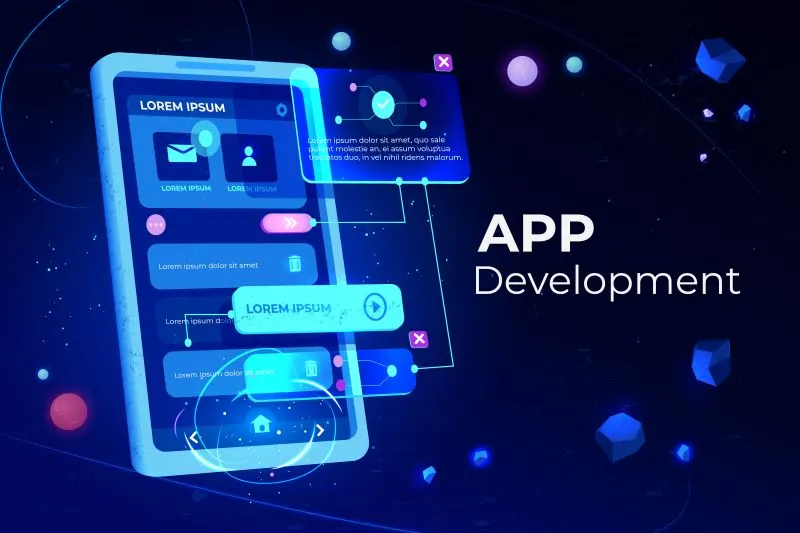


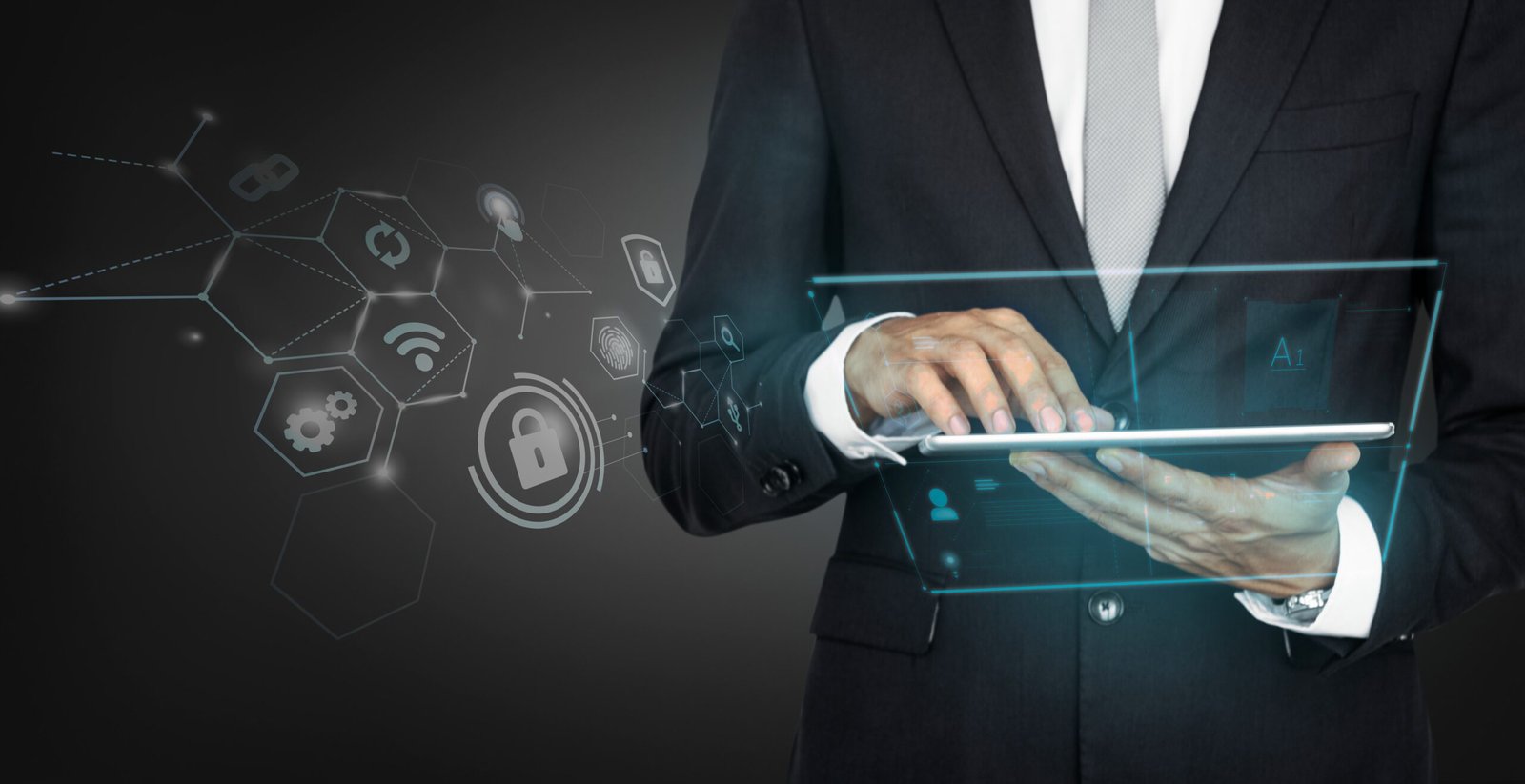

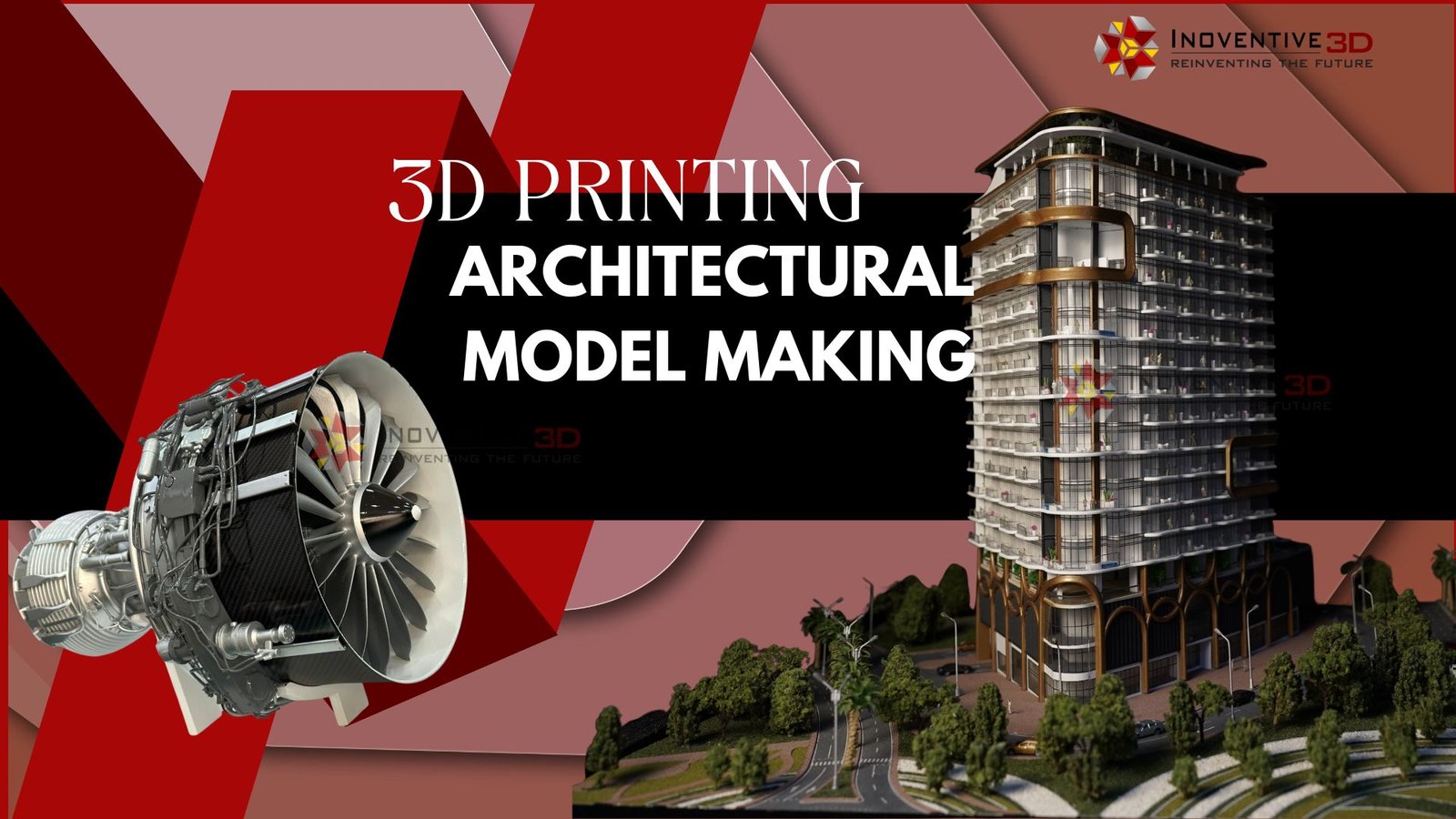
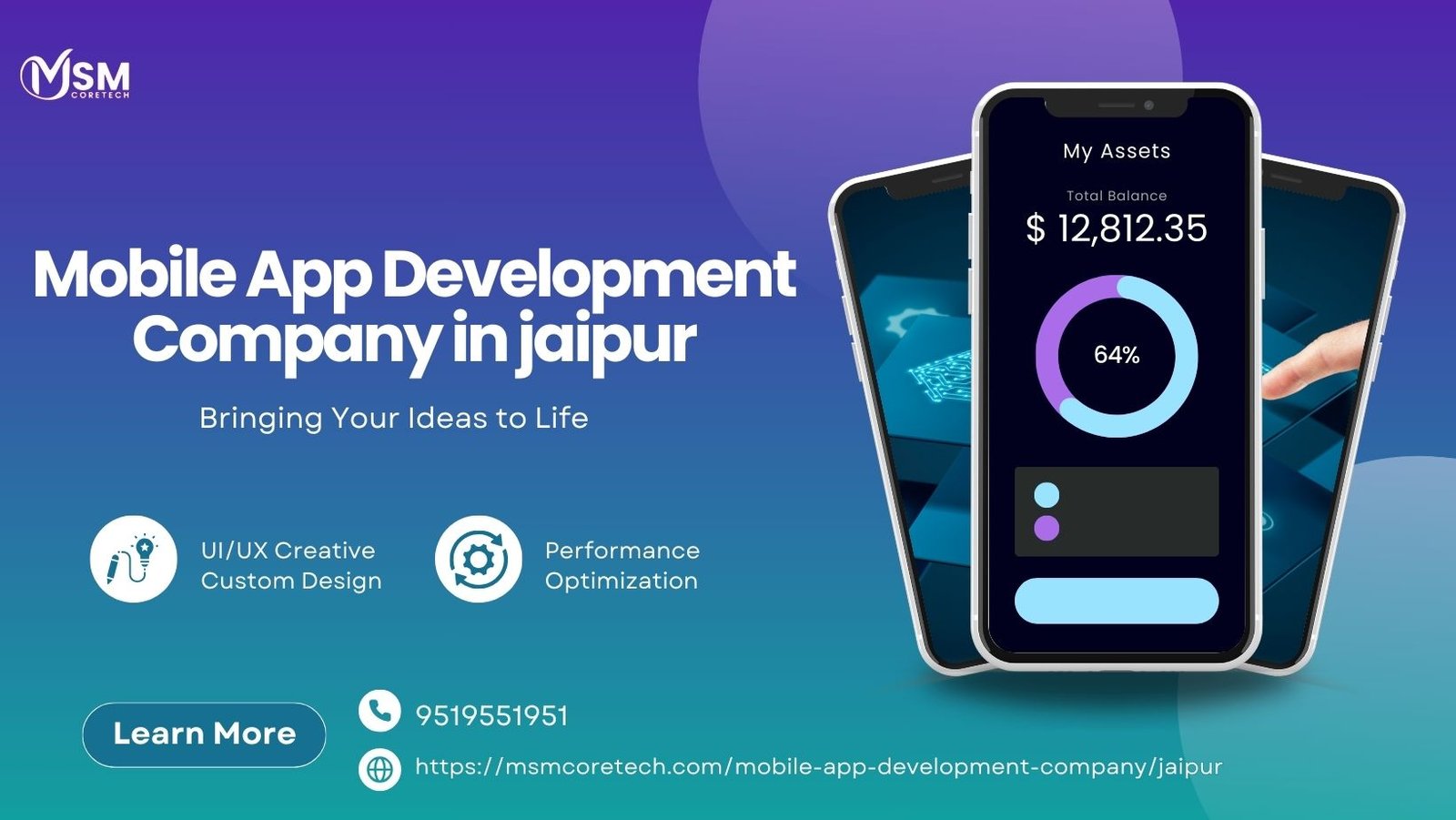
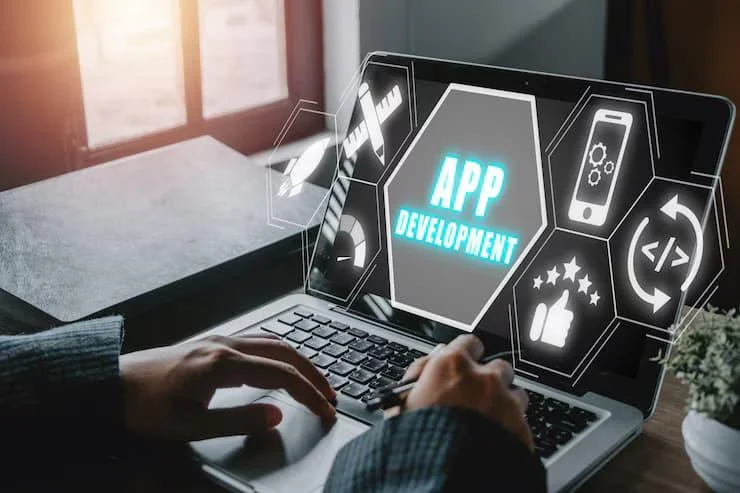




Leave a Reply